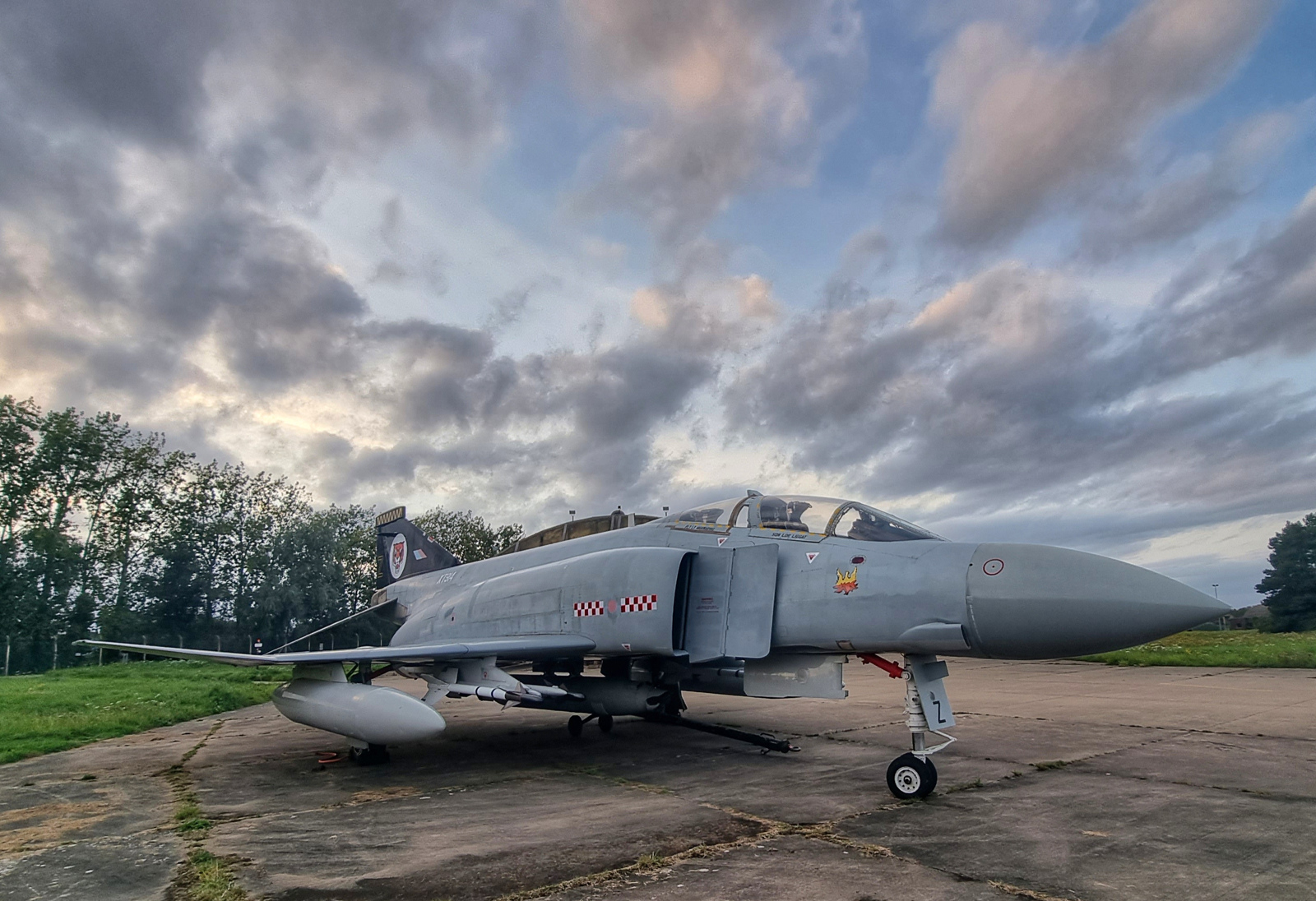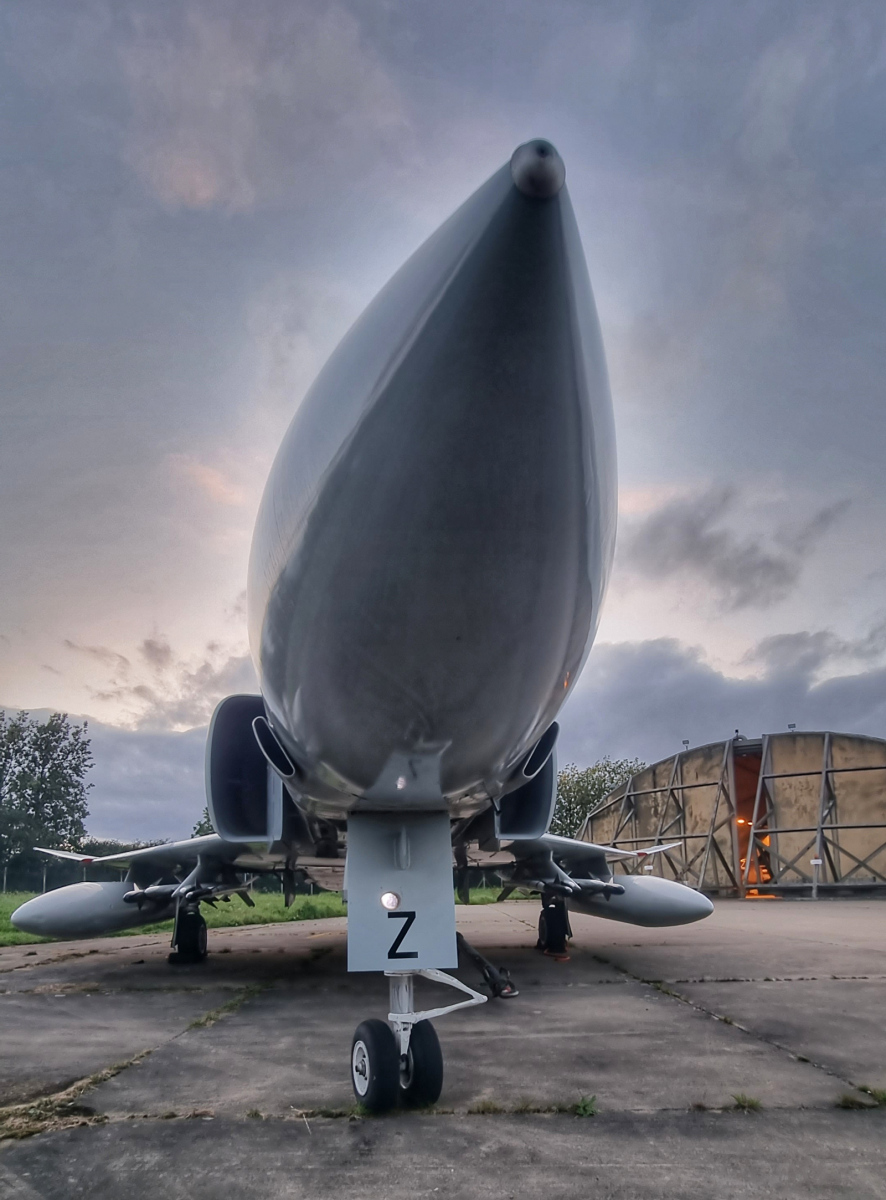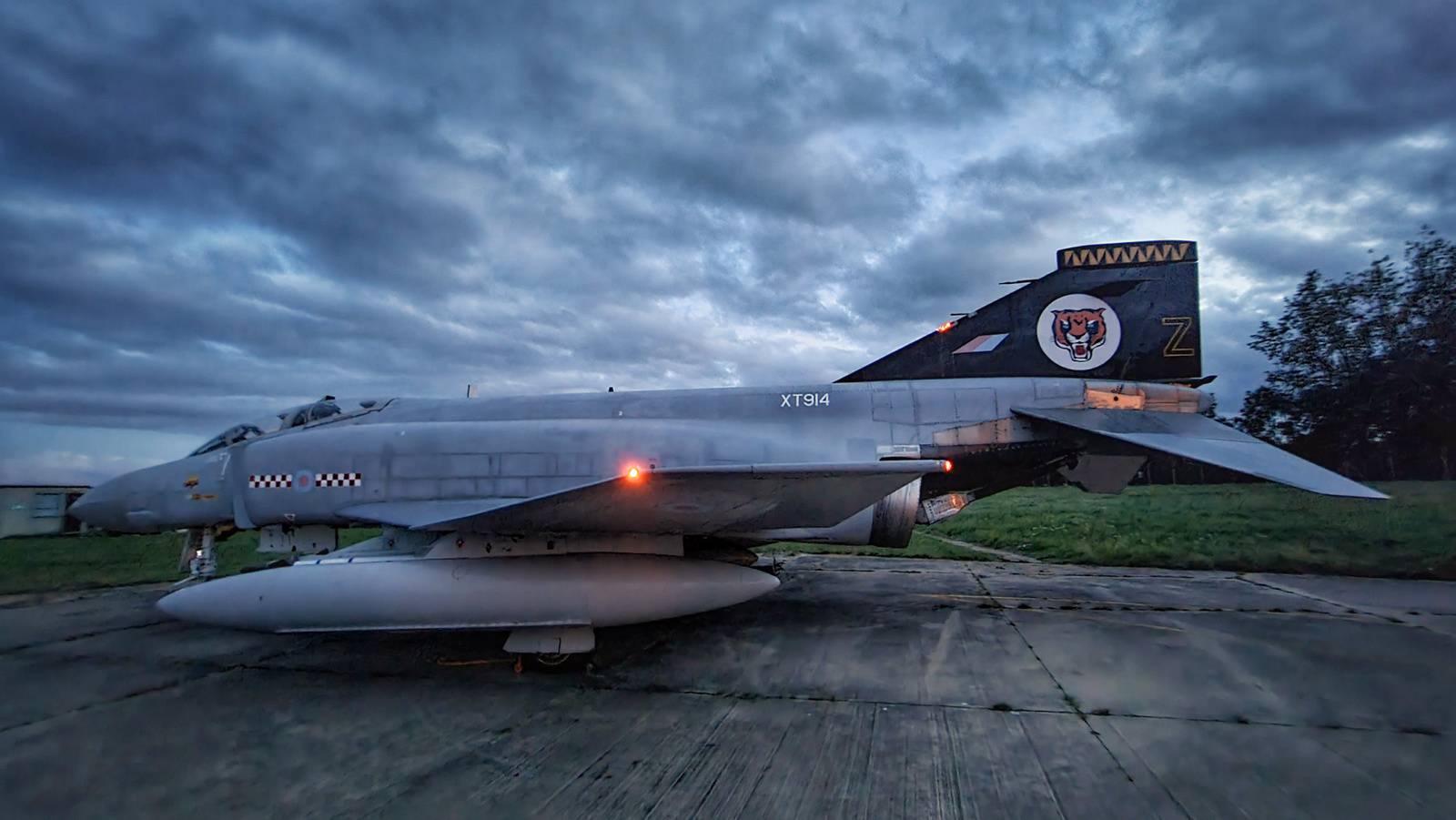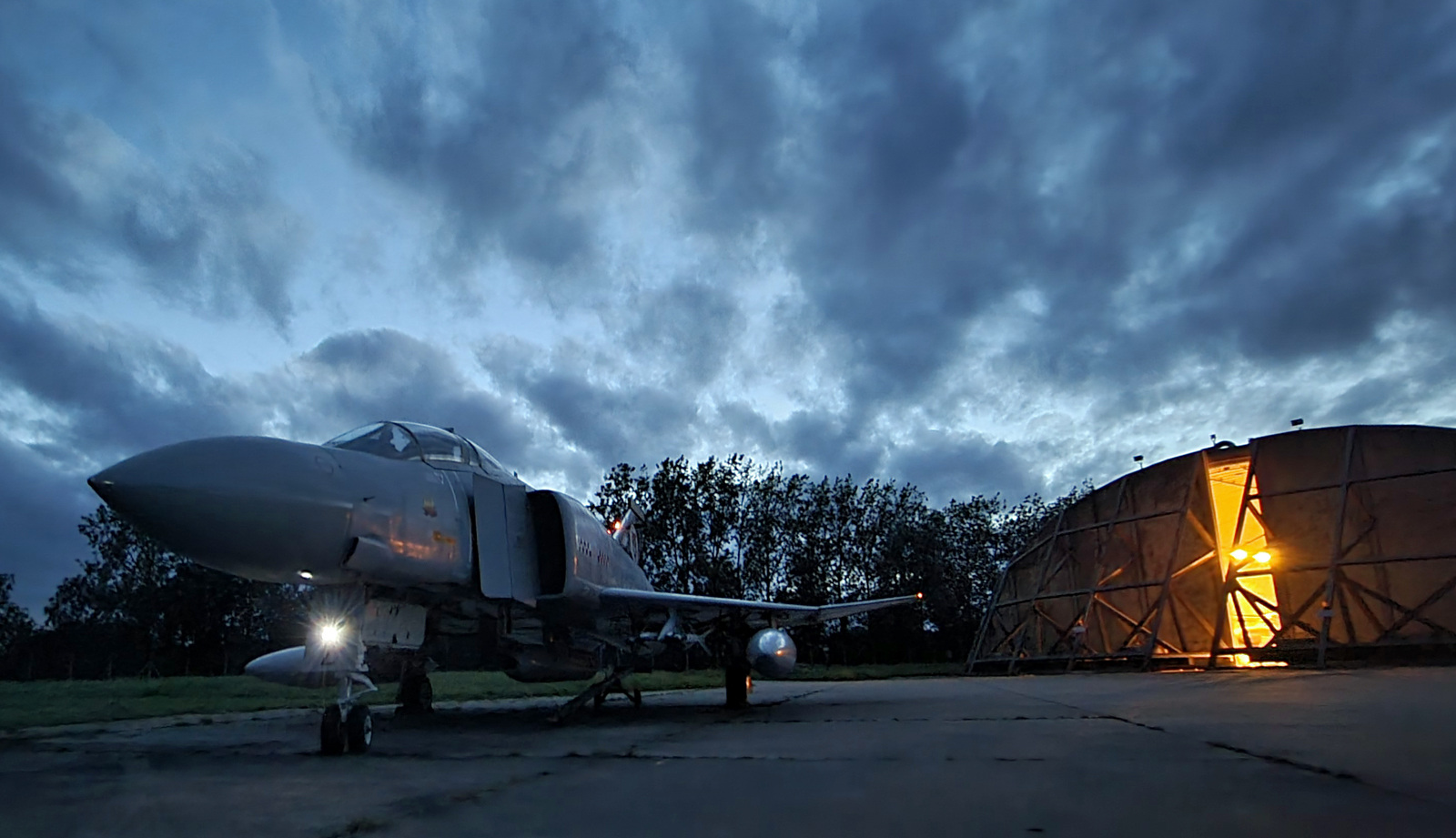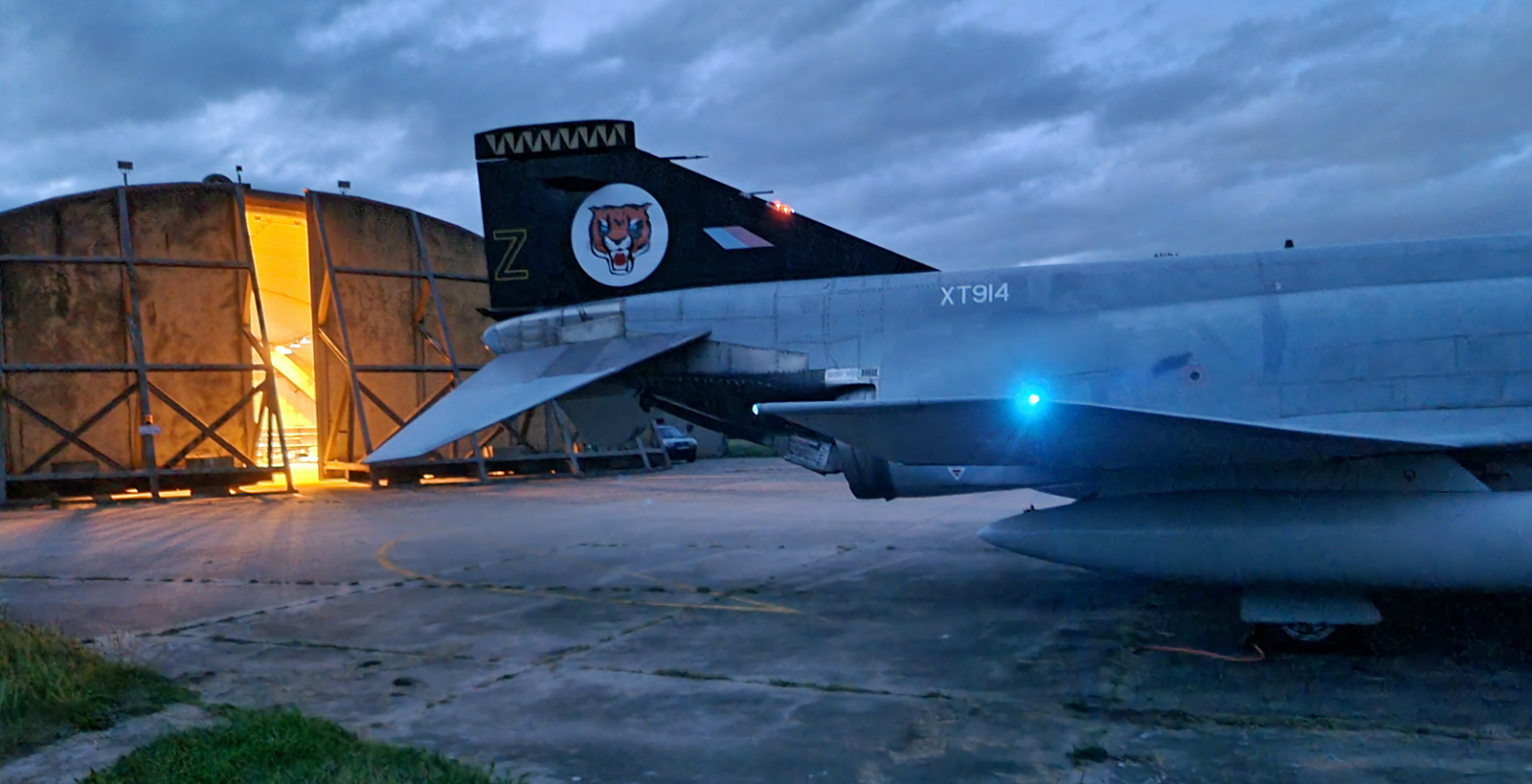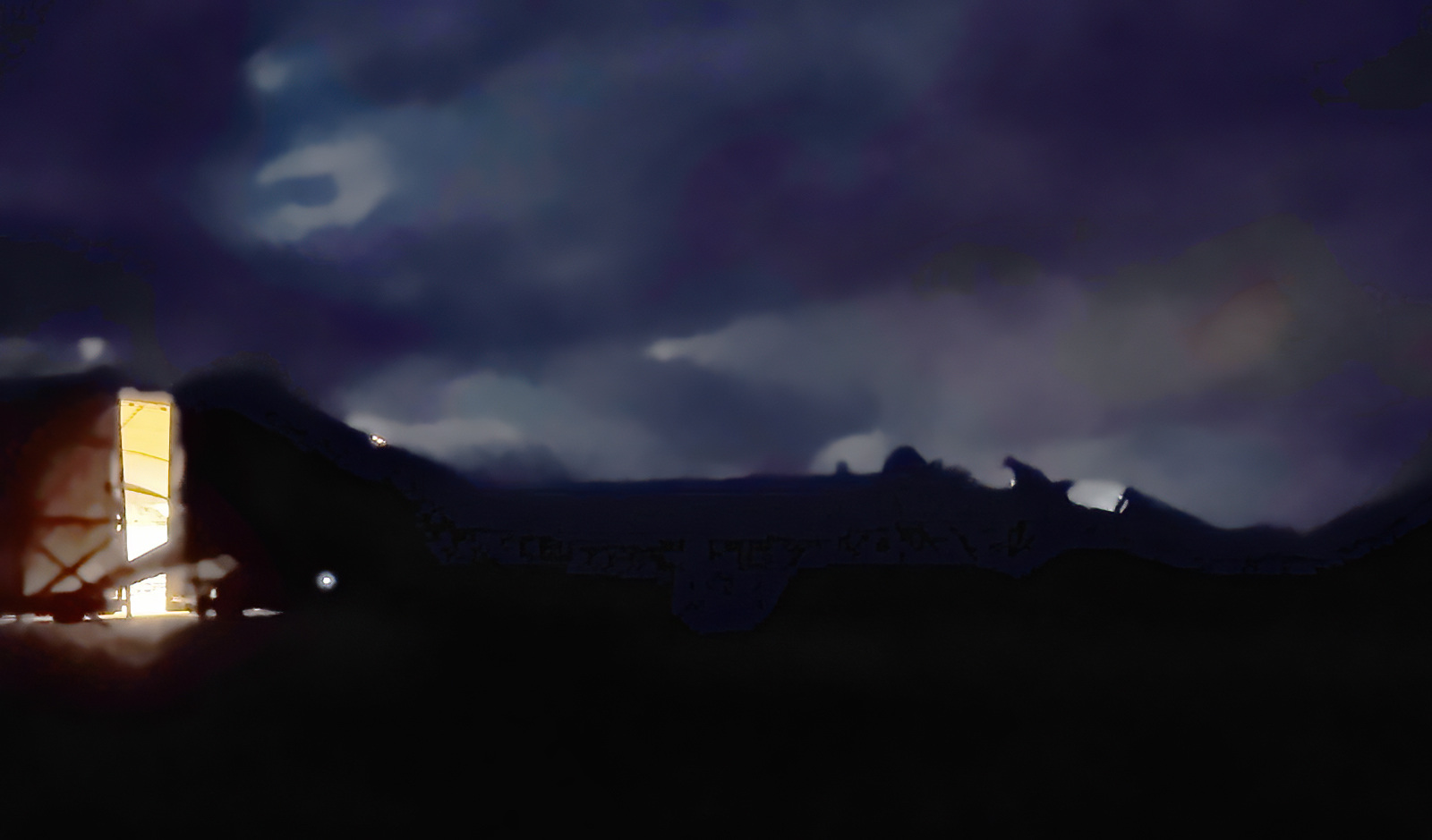A discussion amongst the Museum staff raised the idea about making the Phantom appear more “live” by having the external lighting working in some manner.
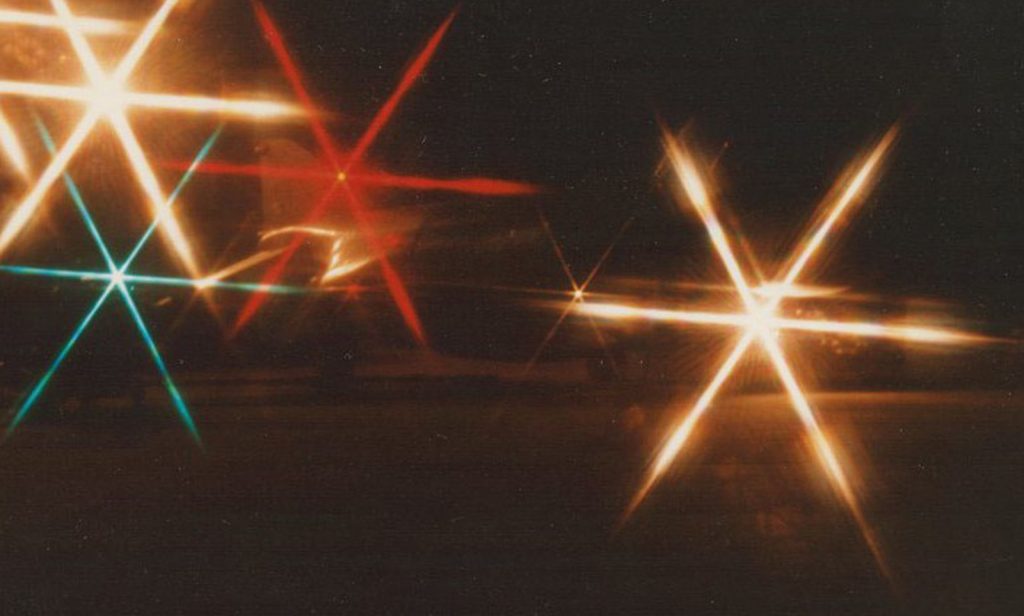
Consideration was given to getting the existing complete aircraft lighting system restored correctly to a fully functioning state. However, time, complexity and cost constraints dictated that it would be sufficient for display purposes just to give the “appearance” of functioning lighting, so that was the route to be investigated. It was also agreed that the process should, of course, be “non-destructive” to the Phantom itself.
Study of the aircraft’s existing lights showed that there was a limit to the available space in each of the light fittings, and that space would determine the type of solution that could be used.
There are many external lights on Phantom aircraft, but it was decided that some of them would not be required to be illuminated for a good representation of a static ground aircraft.
The green and red wingtip lights were an obvious good choice, along with the very bright red fin light. Also, it was decided that the nose wheel door mounted bright white landing/taxy light would also be a good addition.
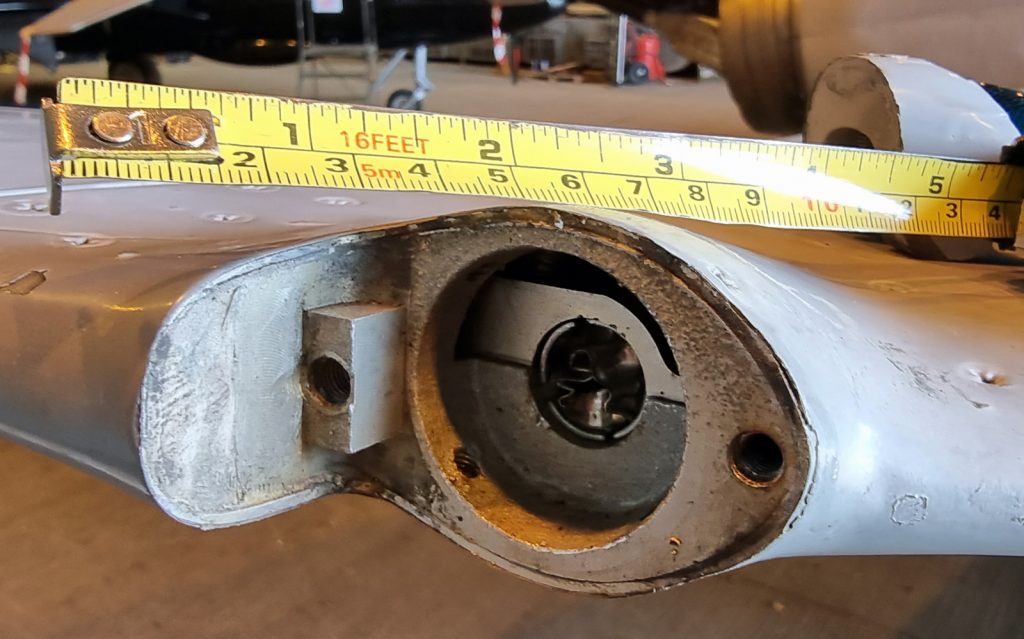
So, after some initial measuring up to see exactly what size limitations we were facing, a bit of research was carried out to see what sort of solution would be available to us. The size restrictions severely limited our choice of options, however we settled on some very small battery powered LED torches which should just fit in the available space.
These LED torches are powered by a number of small “watch battery” cells and offer a good compromise between physical size and brightness level.
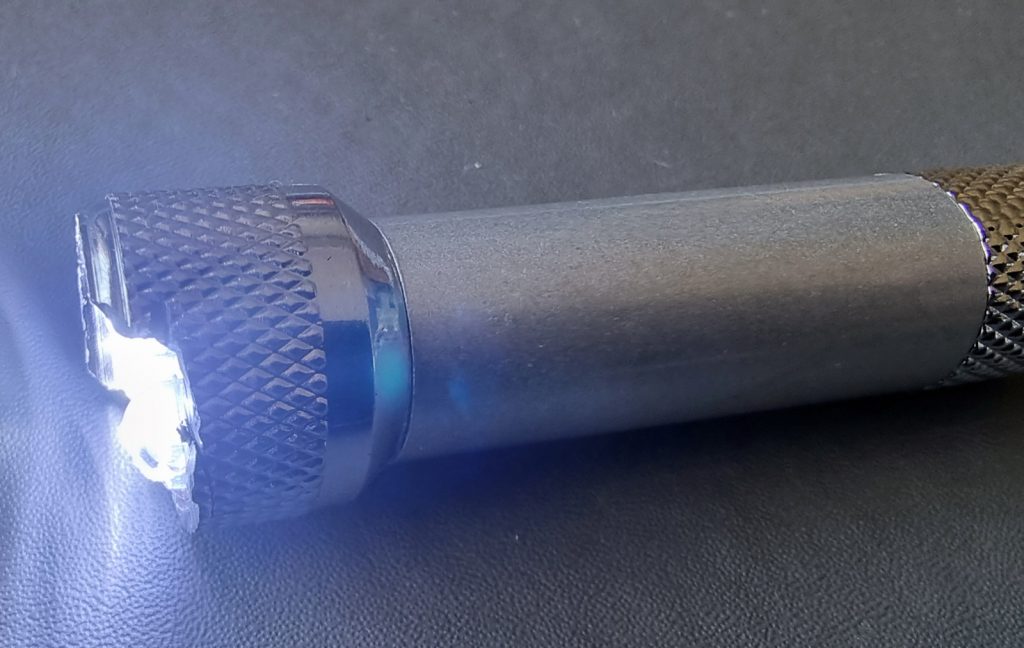
After some testing, it was decided to modify these LED torches slightly by cutting back the shroud that goes around the LEDs themselves. Removing the shroud allows the LED light to “spread” slightly more, rather than being a pointed beam. This spread of light would give a more realistic appearance inside the aircraft light glass cover.

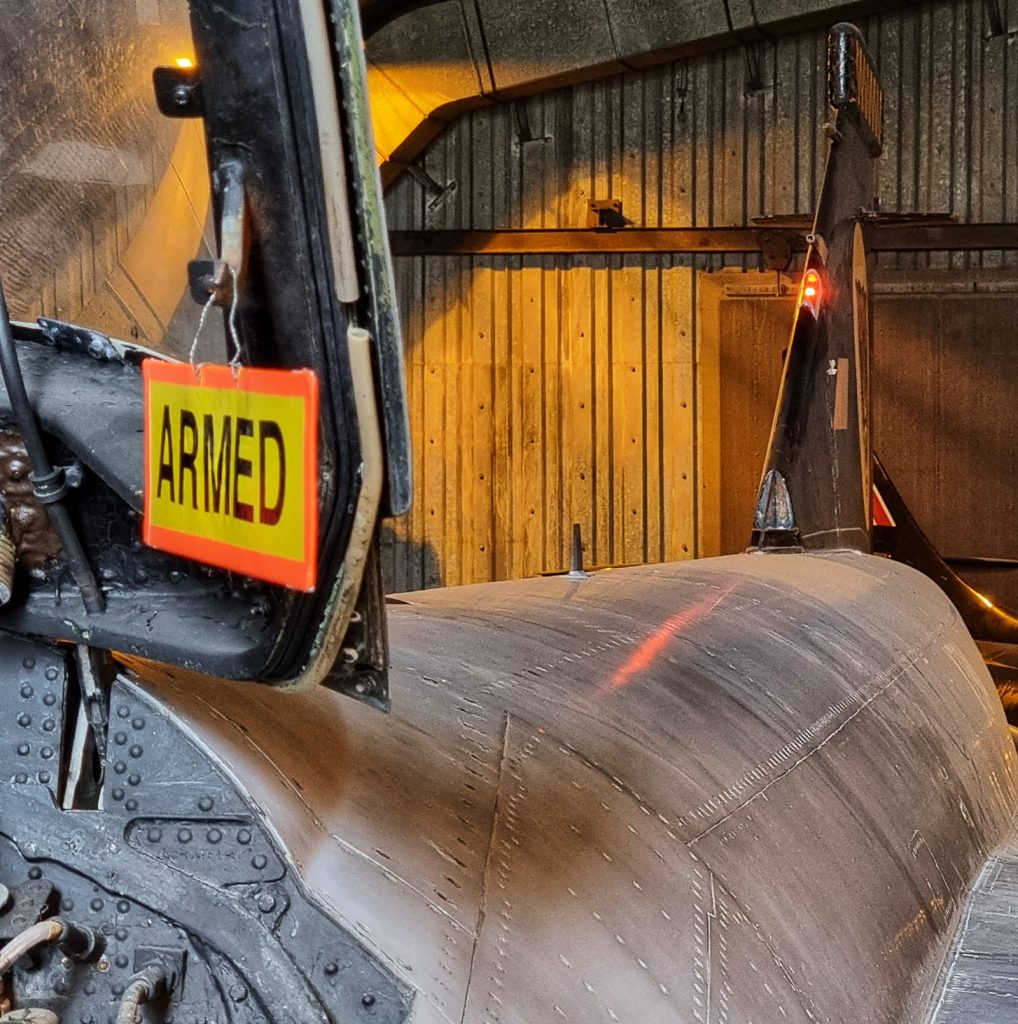
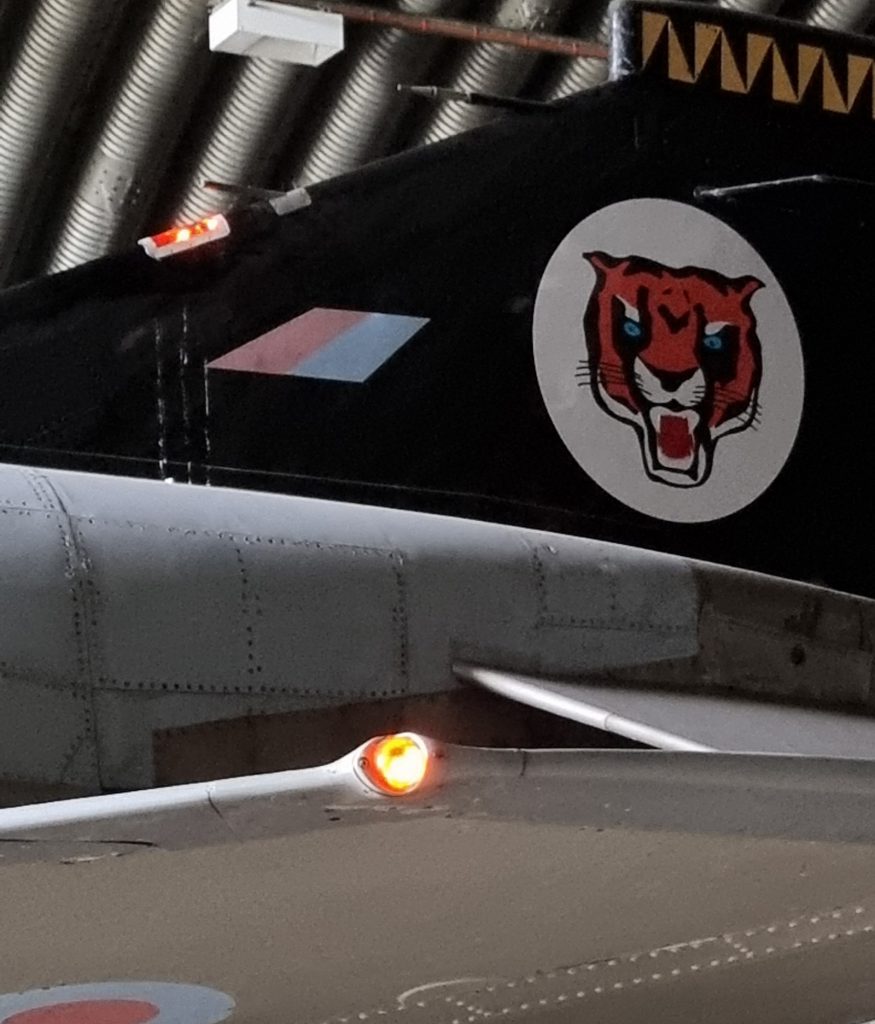
The nosewheel light was a different proposition, and so required a different solution. The Phantom still had its nosewheel bulb fitted, but we had no idea of its serviceability state. Ideally, it would be great if we could use this, so a temporary lash up of a 28V DC power supply was brought to test the bulb, but unfortunately it did not work, there was no light.
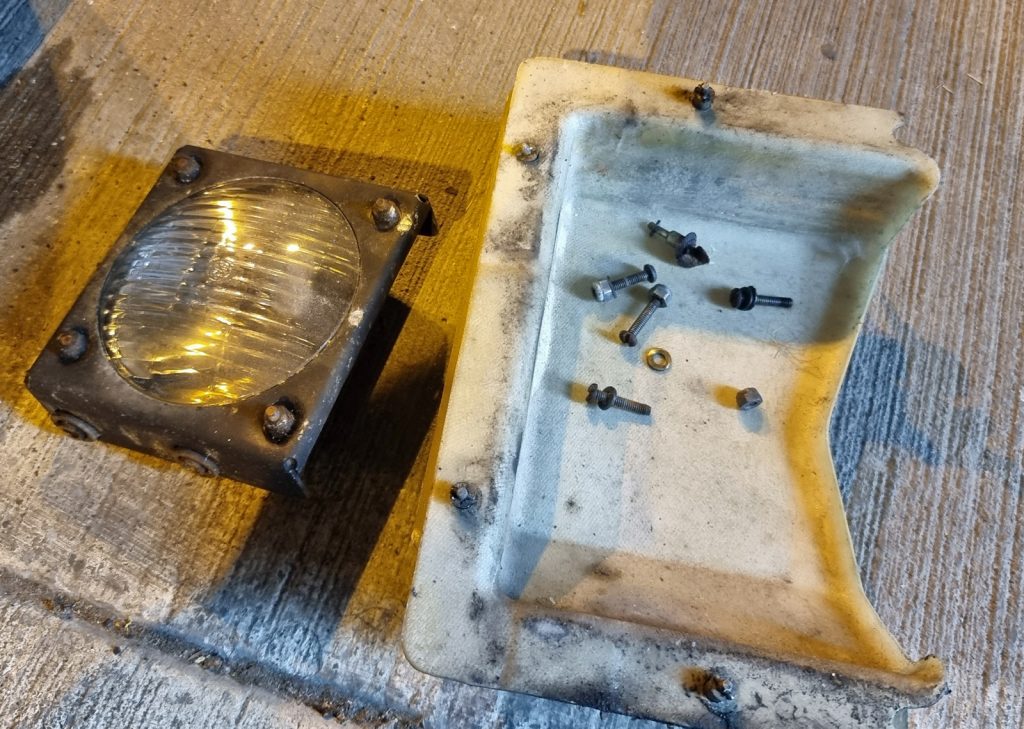
The next best solution to get a very bright light was a high-power torch that would fit in the space where the nosewheel lamp should be. Of course, there would a compromise again between available space and torch brightness, but a 100,000 lumens flashlight was obtained which had variable focus and variable brightness, which would also fit in the space behind the nosewheel door.
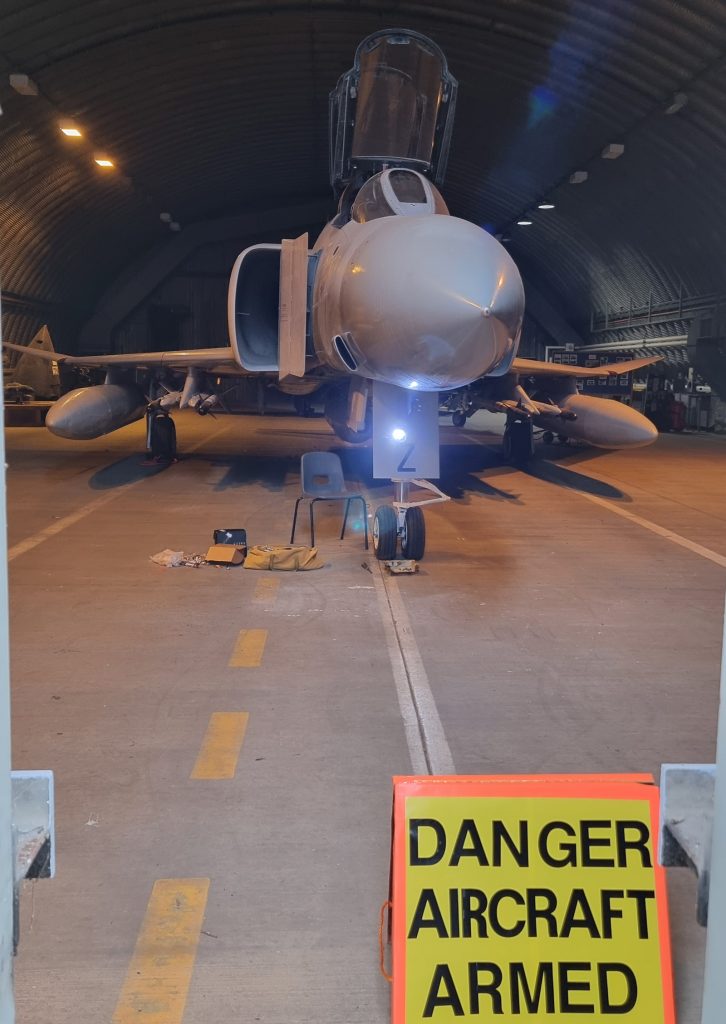
A couple of small temporary reversible non-destructive modifications were made behind the nosewheel door to allow the flashlight to be securely seated and held in place, and the flashlight was successfully tested out.
The final “lighting” modification was to re-create the dull red low of the cockpit interior lighting. Again, a simple solution to this came in the form of red glowsticks, which produce just the right amount of light for little effort. Carefully placed inside the Phantom cockpits, a dull but realistic red glow is visible through the aircraft windscreen and canopies.
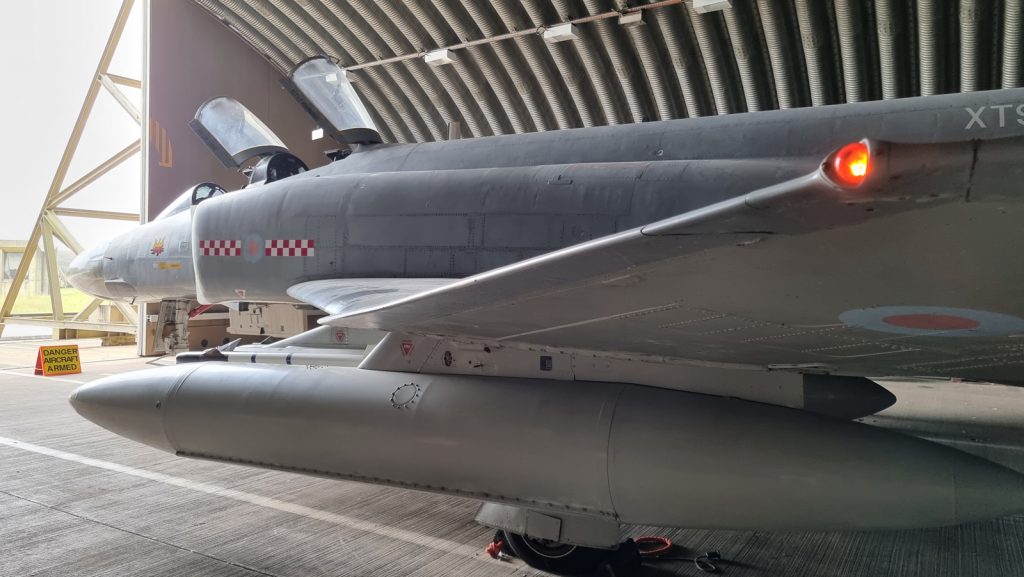
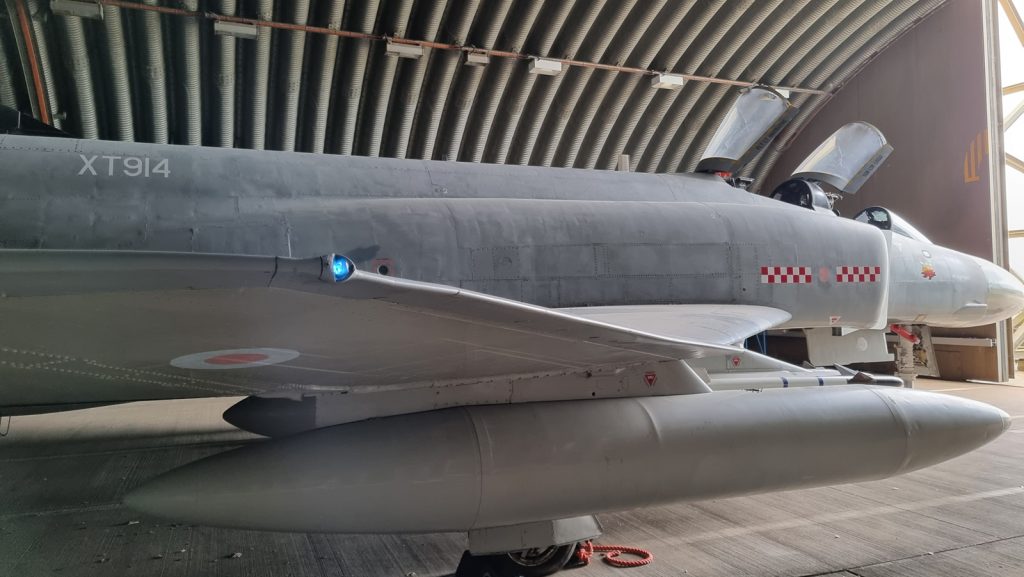
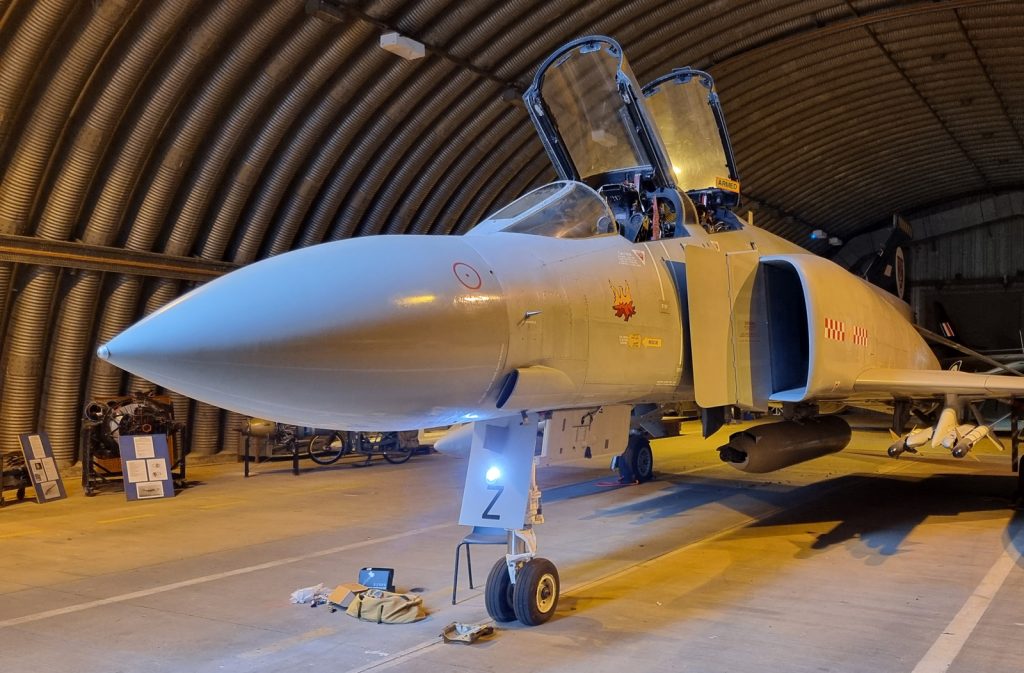
And it is undeniable that the Phantom now looks much more alive rather than just being a dusty old historical relic. Roll on some night-time photographic shoots…….

